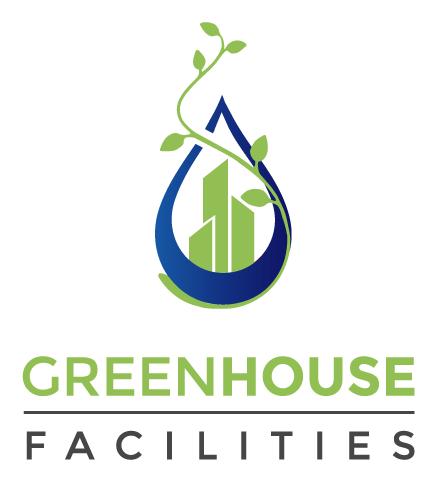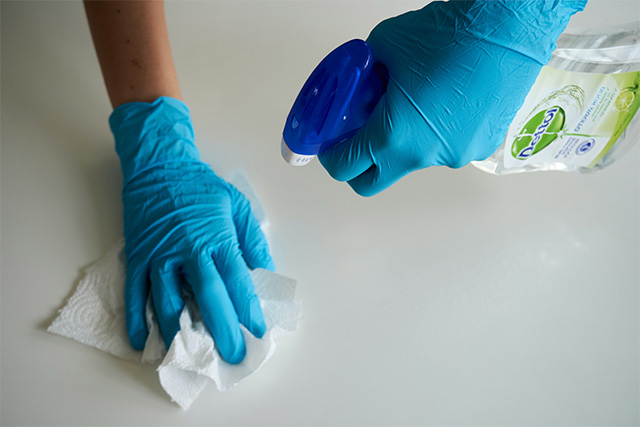Not every cleaning job is the same. Even though they may be some overlap, there is a definite difference between cleaning, sanitizing and disinfecting your living space. And with each different cleaning job comes different methods for each.
Here, we’ll describe the difference between cleaning, sanitizing and disinfecting.
Cleaning
No one should be a stranger to cleaning, but there are some key differences from disinfecting and sanitizing. According to the Centers for Disease Control and Prevention, cleaning “removes germs, dirt, and impurities from surfaces or objects.”
Simply, cleaning can involve using soap, water and detergents to remove dirt, allergens and microorganisms from a surface, which can help reduce the number of germs that can lead to infection. However, cleaning does not necessarily mean the same thing as killing germs.
When to Clean:
Cleaning can easily be done daily in places like kitchens and many other high-touch areas with visible dirt, dust, fingerprints and other marks using a simple cloth or wipe in conjunction with a detergent, soap and water. Cleaning is also an important first step that makes sanitizing or disinfecting most surfaces or objects area is much easier.
Disinfecting:
Disinfecting is the use of chemicals such as bleach and alcohol solutions to kill germs on surfaces and objects. Unlike cleaning, disinfecting does not guarantee dirt, germs, and impurities are being removed from surfaces. However, killing germs does lower the risk of spreading infection.
When to disinfect:
It’s recommended using an EPA-registered disinfectant on high-touch surfaces like toilet handles or sinks regularly. Note, however, a key difference between disinfecting and sanitizing is both the chemicals involved and the length of time you need to let them sit on a surface. About 10 minutes is the appropriate dwell time for most disinfectants, but follow the product’s label instructions.
Sanitizing:
Unlike using disinfectants, which kill virtually all viruses and bacteria identified on the product label, sanitizing doesn’t aim to kill everything on a surface. According to the CDC, “Sanitizing lowers the number of germs on surfaces or objects to a safe level, as judged by public health standards or requirements. This process works by either cleaning or disinfecting surfaces or objects to lower the risk of spreading infection.”
The EPA defines sanitizers as chemical products that can kill at least 99.9% of germs on hard surfaces.
When to Sanitize:
Sanitizers may be best for places where harmful bacteria isn’t as frequent or surfaces and objects that you’d want to keep free of powerful chemicals. After cleaning, it is often a good idea to sanitize areas such as kitchen countertops where food is frequently prepared, or objects such as cooking utensils or toys.
For more cleaning tips, or to learn more on what is the difference between cleaning sanitizing and disinfecting, contact Greenhouse Eco-Cleaning today.

